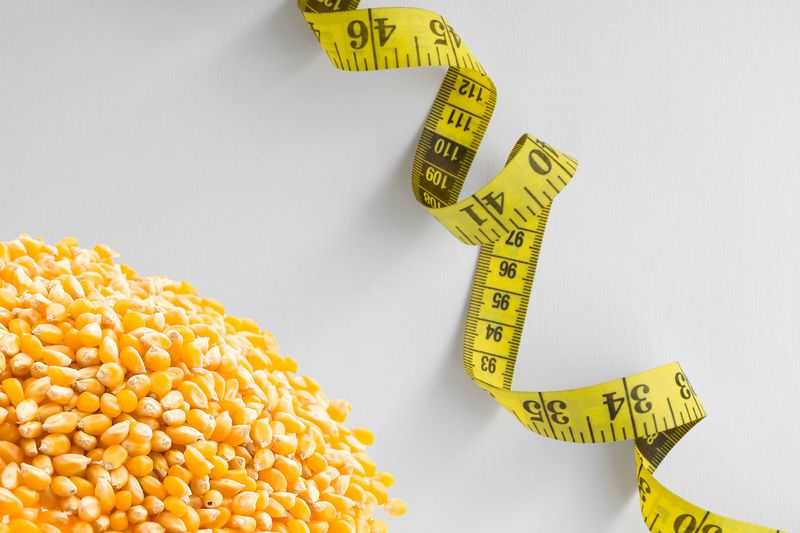January 23, 2024
Reading Time: 2 minutes
The determination of mycotoxins in field samples relies on sampling, sample preparation, subsampling, and instrumental analysis. The sample preparation step consists in the comminution (reduction of particle size) and homogenization of the sample, conducted to minimize the impact of heterogenous distribution, i.e., “hot spots”, of mycotoxins.

Figure: Hierarchical flowchart of sample preparation: fractions, subsamples, and test portions.
In their work, Zhang et al. hypothesized that the particle size distribution of a comminuted sample could be used to assess the homogeneity of the sample. Laser diffraction analysis of particle size was first confirmed to be a suitable method for particle size determination, and adequate sample preparation parameters were determined (choice of dispersant, stirring rate).
Next, samples of wheat flour, corn, compound feed and peanut butter were prepared accordingly and tested for particle size by laser diffraction. Thirty test portions from ten subsamples of each matrix were then extracted and the following mycotoxins were quantified by LC-MS: deoxynivalenol (DON) in the test portions of whole corn, compound feed and wheat flour; fumonisins (FUM) and zearalenone (ZEA) in the test portions of compound feed and aflatoxin B1 (AFB1) in the test portions of peanut butter.
The ANOVA analysis of the results showed that the variance within a sample and between samples was not significantly different, meaning that AFB1, DON, FUM and ZEA were homogenously distributed in the comminuted samples of the various test matrices. It was thus concluded that matrices with 90% of the particles (Dv90) below 850 µm could be considered homogenous with respect to the analyzed aflatoxins, deoxynivalenol, zearalenone and fumonisins.
Reference: Zhang, K.; Tran, I.; Tan, S. Characterization of Particle-Size-Based Homogeneity and Mycotoxin Distribution Using Laser Diffraction Particle Size Analysis. Toxins 2023, 15, 450. https://doi.org/10.3390/toxins15070450


